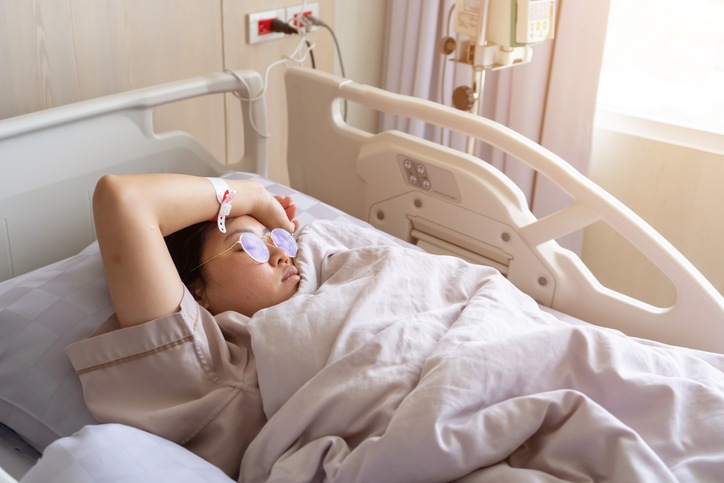
The use of osteopathic medicine in young cancer patients receiving chemotherapy was the subject of a recent study.
Chemotherapy causes significant side effects in pediatric cancer patients—including pain, nausea, fatigue, psychosocial effects, and more—raising concerns among their caregivers and clinicians. There are some strategies to treat these episodes, but those often come with unpleasant effects of their own. Supportive care therapies including physical therapy, complementary and alternative medicine, and massage therapy have all been tried as add-ons to pharmacologic therapies, with mixed results. Viable options are needed to prevent these side effects as well as control their symptoms.
What about osteopathic medicine? According to the researchers, there are significant knowledge gaps regarding osteopathic medicine among clinicians, caregivers, and patients; however, many of them are open to the idea.
“Osteopathic medicine is a distinct form of medical practice, defined by the National Center for Complementary and Integrative Health (NCCIH) as a ‘mind and body’ complementary method that offers the added benefit of a hands-on approach to diagnoses and treatment of many medical conditions,” the researchers explained.
For their study, they assessed what knowledge clinicians, caregivers, and patients in the pediatric oncology sphere have of osteopathic medicine, as well as what may be preventing the use of osteopathic medicine in this arena.
The study groups included children aged at least nine years with a cancer diagnosis who were actively receiving chemotherapy, their caregivers, and oncology clinicians at Nationwide Children’s Hospital. One-on-one semi-structured interviews were conducted, recorded, and transcribed to identify common themes pertaining to supportive care and osteopathic medicine. Topics addressed during the interviews included:
- Participants’ experience with side effects from chemotherapy
- How they were managing these side effects
- How they believed osteopathic medicine could be used in oncology
- What reservations they had about implementing osteopathic medicine into oncology care
Clinicians and caregivers were further asked how and when they believed osteopathic medicine could be introduced to their patient/child. All participants were then asked if they would like osteopathic medicine available as an option.
Sixty participants were interviewed: 20 oncology clinicians (65% were female), including attending physicians (n=15) and nurse practitioners (n=5) with a median seven years of clinical practice; 20 pediatric oncology patient caregivers (65% were female) with a median age of 40 years; and 20 pediatric oncology patients (30% were female) with a median age of 17 years. The most common cancer diagnoses were leukemia (33%) and sarcoma (29%); median age at diagnosis was 15 years.
Overall, osteopathic medicine knowledge was limited; the most any participant had was “some” knowledge. Participants watched a short osteopathic medicine video, after which all clinicians and caregivers and 95% of patients said they would consider osteopathic medicine as a supportive care option. The interviews unearthed three major themes, according to the study authors:
- Patients have uncontrolled chemotherapy side effects
- Improved supportive care options are desired
- Osteopathic medicine is a favorable supportive care adjunct
The study was published in Supportive Care in Cancer.
“These findings support the need for future, scientifically rigorous clinical trials investigating the feasibility, safety, and efficacy of [osteopathic medicine] as a non-pharmacologic adjunctive supportive care therapy option for childhood cancer patients,” concluded the researchers.







 © 2025 Mashup Media, LLC, a Formedics Property. All Rights Reserved.
© 2025 Mashup Media, LLC, a Formedics Property. All Rights Reserved.